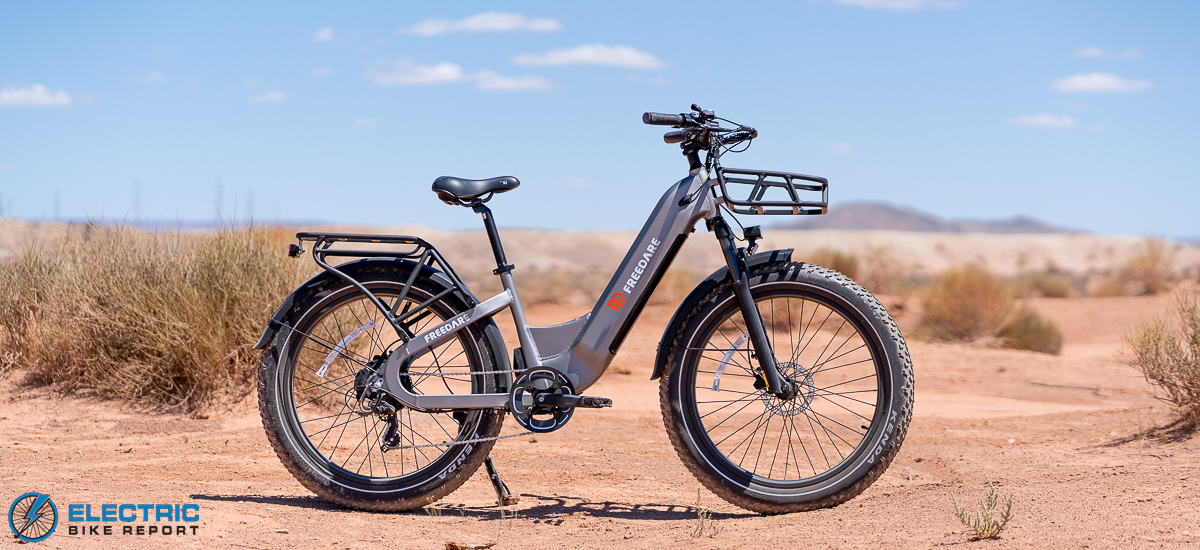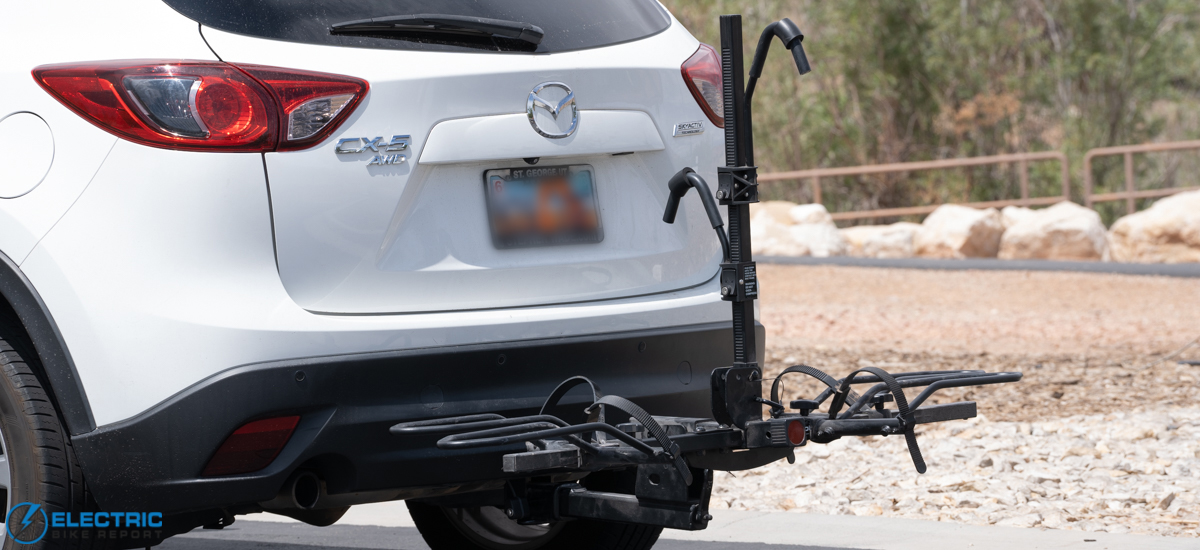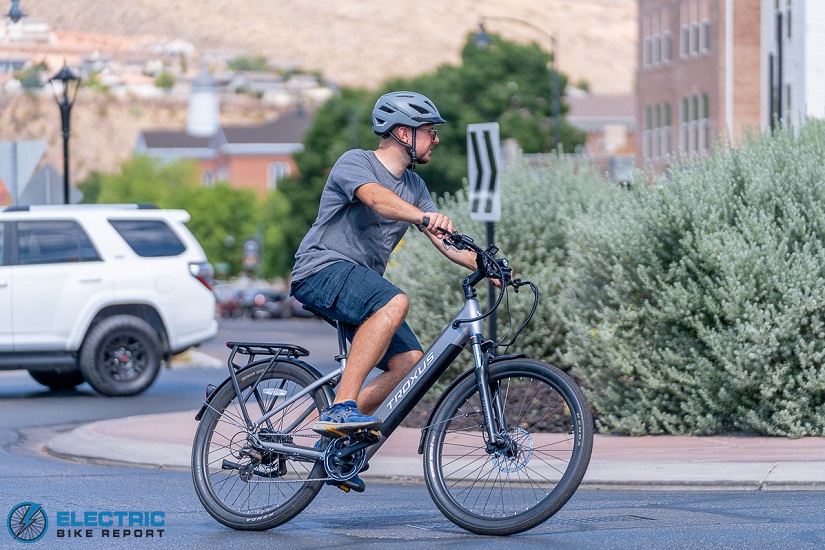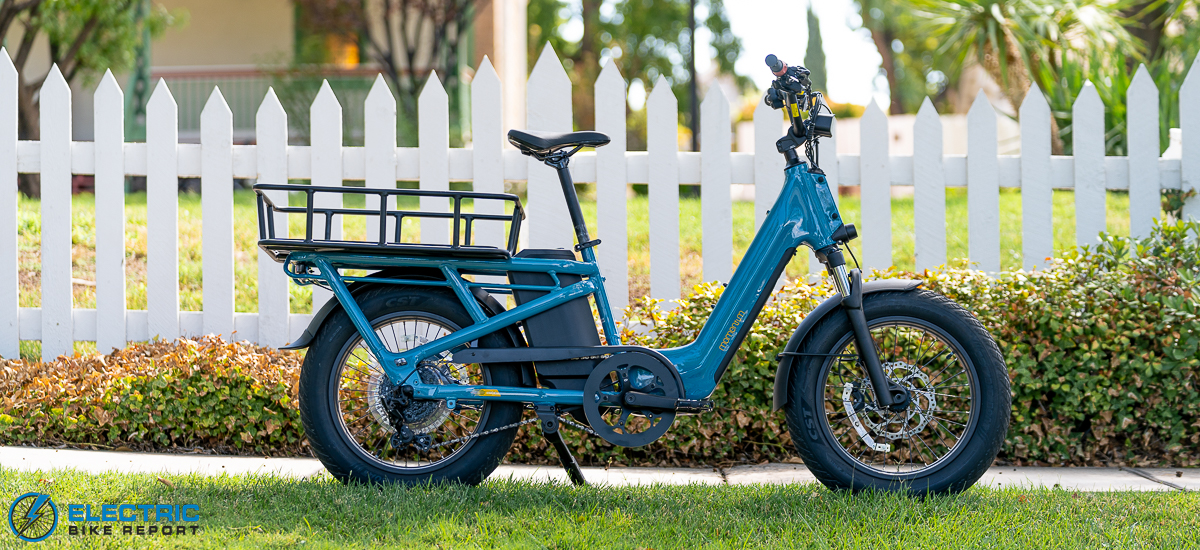
Some links may be affiliate links. We may get paid if you buy something or take an action after clicking one of these.
A new proposal would allow eMTB riders on more than 100 miles of trails within the Lake Tahoe region.


Electric mountain bikes may soon enjoy access to more than 100 miles of trails in the Lake Tahoe Basin thanks to a new proposal. Trail access for electric mountain bikes has been a contentious issue in many parts of the U.S. and the Lake Tahoe region is no different.
The Lake Tahoe Basin Management Unit of the U.S. Forest Service has proposed opening up 100 miles of non-motorized trails to eMTBs. Called the Basin Wide Trails Analysis Project, the proposal encompasses the trails that sit within the ridgeline that rings Lake Tahoe.
The proposal aims to reclassify 87 miles of non-motorized trails motorized, but limited to e-bikes—not motorcycles, ATVs or other vehicles. It would also allow the construction of 23 miles of multi-use trails open to e-bikes. One mile of trail currently classified as motorized would be reclassified to e-bike-only. It would also allow for the construction of three new trailheads to increase user access.
The proposal would open 114 different trails to eMTBs, giving eMTBs access to a network of trails encircling the lake.
Granting trail access for eMTBs has been a challenging process. Back in 2019 the U.S. Forest Service determined that eMTBs met the criteria for legal use on non-motorized trails in the Tahoe National Forest. Three equestrian groups sued, arguing that eMTBs are loud and destroy the quiet and solitude of the natural surroundings, and that the USFS had failed to conduct an environmental assessment as mandated by the National Environmental Policy Act (NEPA) any time a new decision regarding access is made. The USFS’s argument was that they hadn’t made a decision. They simply looked at the criteria for access and concluded that eMTBs met the definition because, ultimately, eMTBs are self-propelled.
The equestrian groups prevailed and less than a year later eMTBs were banned from the trails. However, in 2021 the USFS conducted a formal environmental analysis and determined that eMTBs were acceptable. Initially, eMTB riders were granted access to 35 mi. of trails.
Since then, the USFS has announced that 72-mi. Pines to Mines Trail running from Nevada City to Truckee in the Tahoe National Forest will be open to eMTBs.
Electric Bike Report’s take
The struggle to gain trail access for eMTBs echoes what mountain bikers were going through in the 1990s when many trail systems banned mountain bikes from singletrack trails. While mountain bike advocacy has come a long way since those dark days, eMTBs don’t yet benefit from the same level of advocacy.
There’s a baseline level of fear that many people have that eMTBs are essentially motorcycles with electric motors, so part of the advocacy mission ahead is to educate other trail users that people on eMTBs have to pedal and aren’t going to be roosting dirt as they pass hikers at 35 mph.
A surprising source of resistance to eMTBs has come from the mountain bike community itself. Some mountain bikers call eMTBs “cheating,” though how you can cheat at enjoying the great outdoors is hard to fathom. We’re not in an organized race, or P.E. for that matter. Fundamentally, they don’t like being passed by someone who isn’t working as hard as they are.
The greatest threat our natural resources face isn’t from user groups, it’s from development. Convincing the federal and state governments not to allow development of pristine wilderness will require many disparate user groups coming together as a unified voice to keep construction out. Every voice will matter and it is our hope that hikers, equestrians and even mountain bikers will recognize that just like in Horton Hears a Who, we must band together.
Sponsors
Reader Interactions
![]()
![]()






